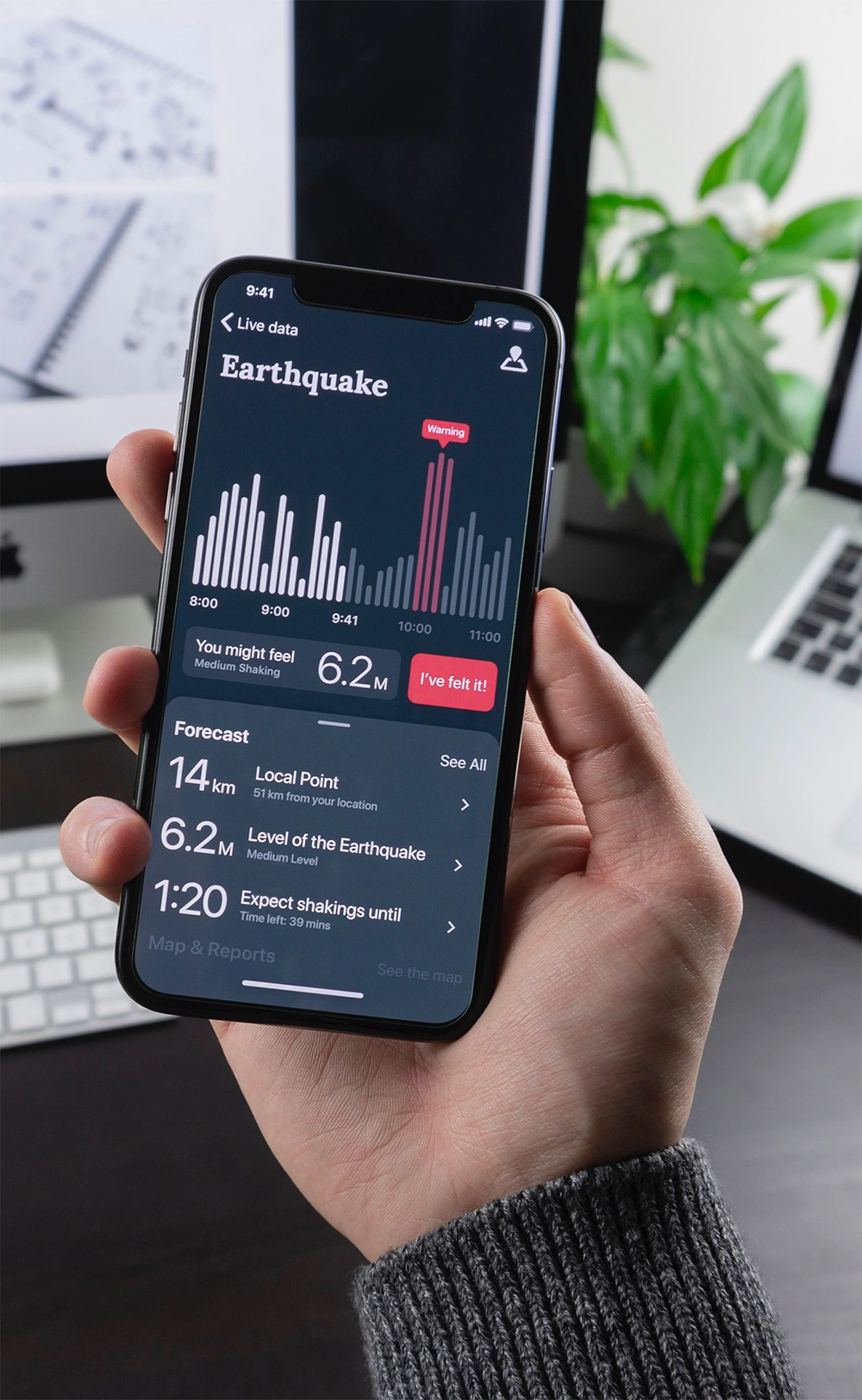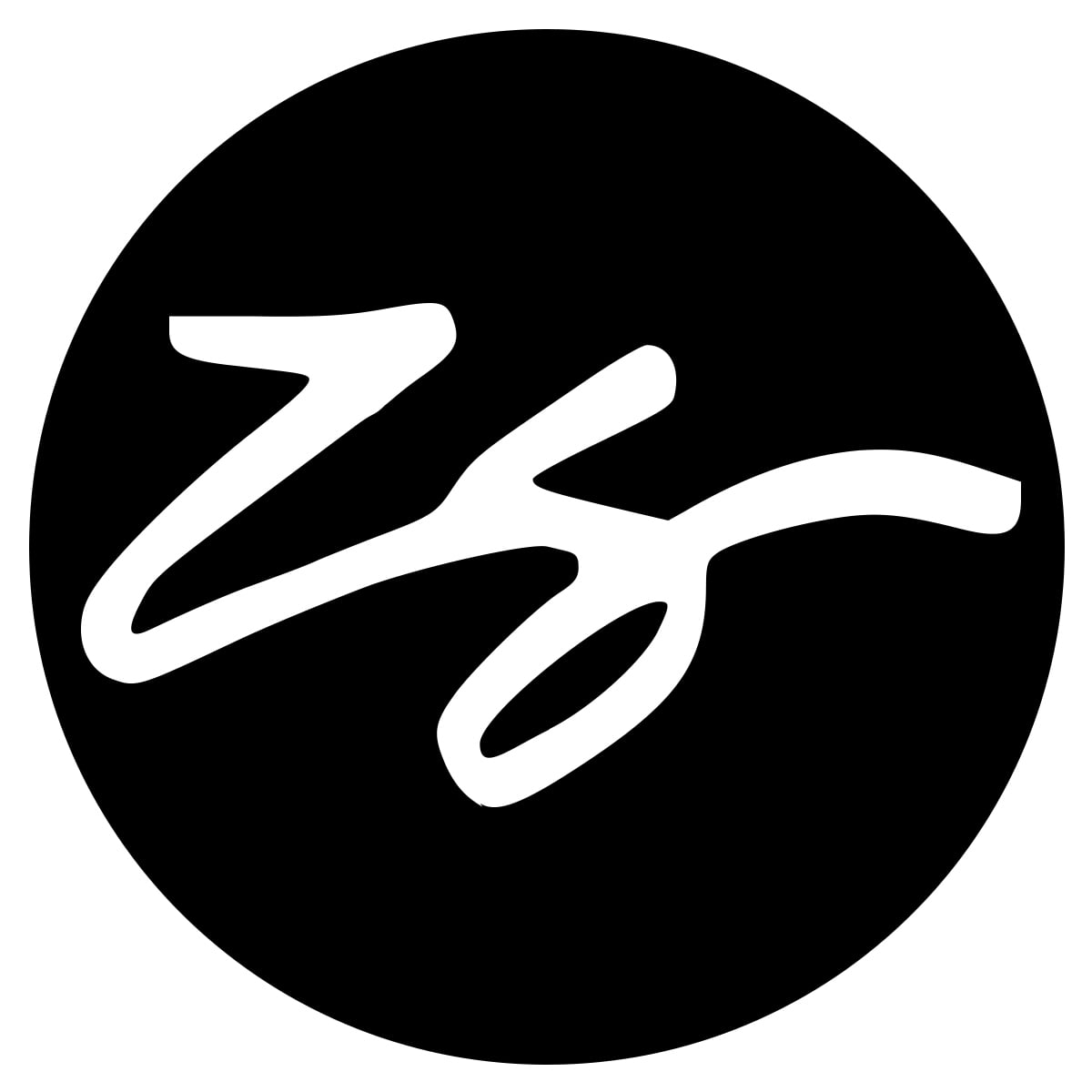Choosing between an in-house UI/UX design team and hiring a UI/UX design company is a big decision for any business. Why? Because the path you take can shape how smoothly your projects run, how fast you grow, and how happy your users feel with every click and swipe.
But don’t worry! We’ve got you covered. This blog breaks it down into a simple, step-by-step guide so you can confidently choose which option fits your goals best.
What You’ll Learn in This Guide
- When to choose in-house vs. an agency based on project type and goals.
- Cost, flexibility, and speed differences between the two models.
- How collaboration, control, and specialization shape project outcomes.
- The real business impact of UI/UX, from user satisfaction to ROI.
- A quick decision cheat-sheet to help you make the right call with confidence.
Understand What You Need: Long-Term vs. One-Off Projects
In-house UI/UX team
• Great if you’re building something ongoing—think apps, platforms, or product lines that need constant finesse and upkeep.
• Embeds designers in your process, naturally blending UX strategy with product vision and business goals.
Hiring a UI/UX design company
• Ideal if you have a short-term project—like a website redesign, a new product prototype, or defining your UI/UX roadmap.
• Lets you tap into high-skilled resources without long-term employment costs.
Cost & Flexibility: Weighing Investment vs. Savings
In-House Team
- High investment: Salaries, benefits, training, and tools add significant ongoing costs.
- Deep brand knowledge: Designers fully understand your product, users, and long-term vision.
- Seamless collaboration: Real-time feedback and alignment with developers and stakeholders.
- Consistency: Strong ownership of design systems and processes.
- Risks: Recruitment time, turnover challenges, and potential “echo chamber” without outside input.
UI/UX Design Company
- Cost-flexible: Project-based or retainer pricing—often more economical for short-term or defined needs.
- Wide expertise: Access to specialized designers and cross-industry best practices.
- Fresh perspective: Agencies bring new ideas, tools, and methods.
- Scalable: Teams can quickly ramp up or down based on project demands.
- Requires onboarding: Needs clear briefs and alignment to capture your brand fully.
Talent & Specialization: In-Depth vs. Broad Expertise
In-House Team
- Develops deep knowledge of your brand, users, and product.
- Great for consistency, evolving experiences, and being fully embedded in QA cycles.
- Risk: potential “design echo chamber” if exposure to fresh trends and techniques is limited.
UI/UX Design Company
- Offers diverse experience from working across industries and design challenges.
- Fresh perspectives and exposure to cutting-edge tools, trends, and methodologies.
- Occasionally less granular understanding of your brand unless you invest time in onboarding.
Speed & Scalability: Do You Need Swift Action?
In-House Team
- Faster internal alignment and quicker implementation when design needs shift mid-project.
- But ramping up resources during crunch times or unexpected projects can be slow.
UI/UX Design Company
- Can bring a team quickly if they have capacity.
- Structured workflows can mean rapid deliverables—but may also mean longer internal review cycles.
Collaboration & Communication: Domestic vs. Remote
Dynamics
In-House Team
- Tap someone on the shoulder—instant feedback, shared context, smoother collaboration.
- Great when cross-functional work is frequent (marketing, dev, management, etc.).
UI/UX Design Company
- Communication is usually scheduled and structured.
- Needs clear briefs, regular check-ins, and good project management—but can still be highly collaborative if done right.
Control & Integration: Ownership vs. Outsourced Execution
In-House Team
- You control design priorities, iterations, and workflows.
- Seamless alignment across teams (development, marketing, product owners).
UI/UX Design Agency
- Built-in processes that can be efficient—just ensure alignment happens.
- To maintain control, stay engaged throughout; treat them as partners, not distant contractors.
How UI/UX Helps Business: The ROI You Can’t Ignore
Regardless of your choice, investing in strong UI/UX is smart business. Here’s how UI/UX helps business growth:
- Boosts user satisfaction & retention: A seamless interface reduces friction and frustration—leading happy users to become loyal customers.
- Enhances conversion rates: Clear journeys and intuitive layouts push users effortlessly toward your goals, whether that’s signing up, buying, or subscribing.
- Saves development time & cost: Validated UX research and prototypes catch issues early—before they hit development sprints.
- Improves brand perception: Polished UI builds trust and credibility—vital whether you’re B2B or B2C.
- Reduces support tickets: Better UX means fewer confusion points and less reliance on customer service.
8. Decision Cheat-Sheet: In-House vs. UI/UX Design Company
| Priority | Choose In-House | Choose UI/UX Design Company |
| Continuous design needs | You need full-time, deep integration | Short, well-defined projects—flexible expert support |
| Budget control & scalability | You want long-term staff investment | You prefer predictable pricing and flexibility |
| Brand familiarity and internal access | Close collaboration and real-time feedback | External fresh perspective, but needs effort to onboard |
| Speed to staffing | Slower to scale up/down | Quick to mobilize or scale down on project needs |
| Cost of tooling, benefits, overhead | Higher fixed cost | Often more cost-effective for discrete projects |
| Strategic vs. tactical design involvement | Embedded in strategy | Delivery-oriented, with high tactical focus |
Final Thoughts
There’s no one-size-fits-all. If deep brand alignment, ongoing product iteration, and team cohesion are your top priorities, building an in-house UI/UX team makes sense.
But if you’re looking for scalable expertise, quick turnaround, or you’re reimagining an interface, working with a UI UX design company can deliver tremendous value.
What really matters is: clarity around your goals, commitment to process, and a partner (whether internal or external) whose vision aligns with yours—because how UI/UX helps business isn’t just about aesthetics—it’s about making your users love what you build.





 in India.
in India.